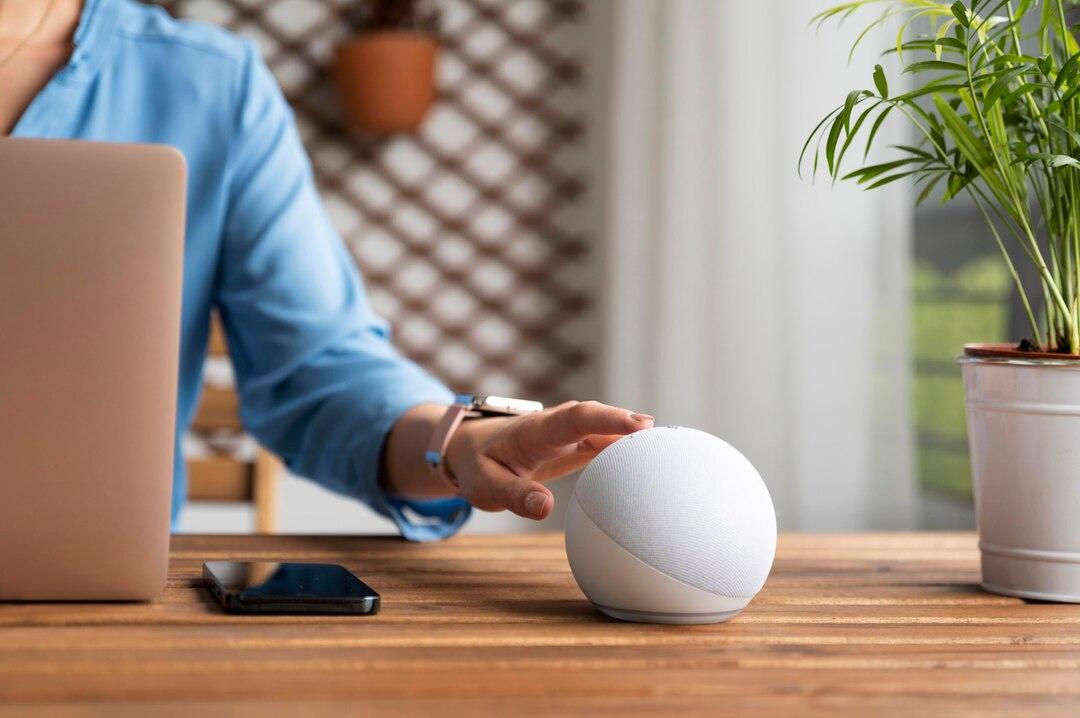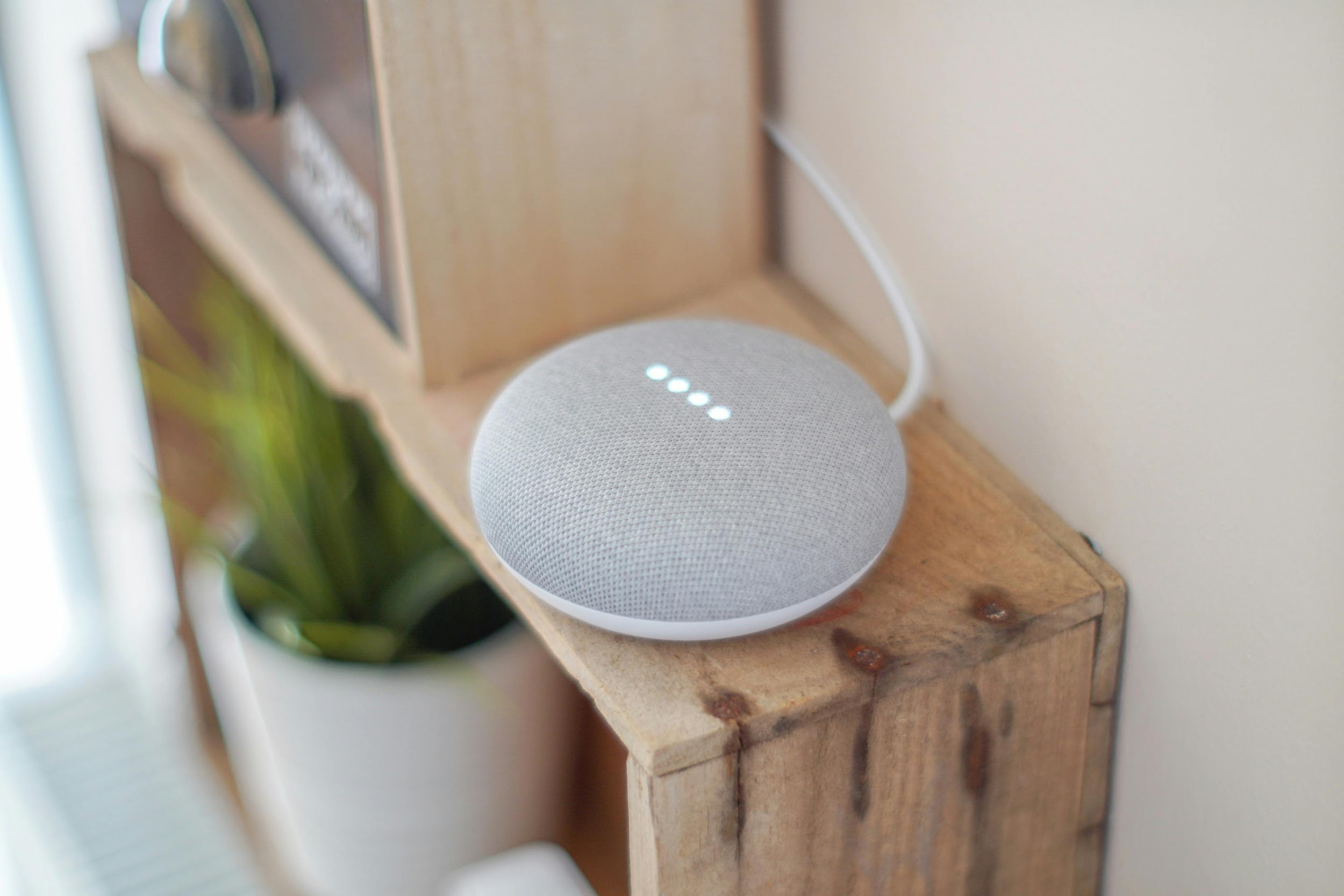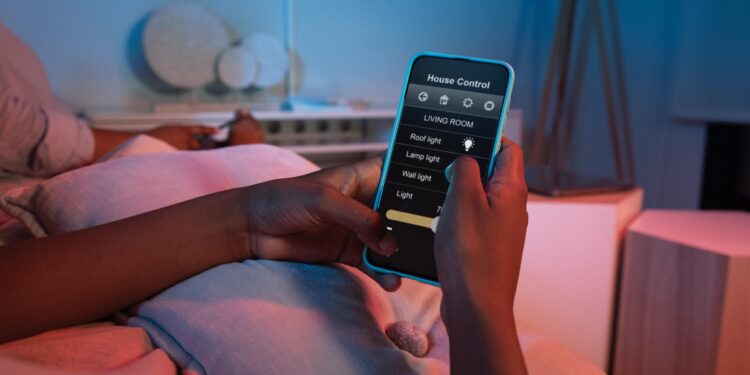Thanks to modern day technological advancements, life has been made easier for us — if you can afford the gadgets that is. Over the years, innovations have been made to make office work, household chores and basically our lifestyle choices simpler in the midst of the busy lives we lead today.
One of such technological novelties are the invention of smart homes. Yes, smart homes don’t only exist in the sci-fi movies that you watch on the TV, they are fully functional in today’s world. Some of these smart ones come with lights that respond to voice commands and thermostats that can automatically adjust according to the temperature of the environment.
It is easy to get carried away by these new inventions but before you swipe your card or input your credit card details on Amazon, you should be considering if they are worth the purchase. But first,
What is Smart Home Technology?

Smart home technology entails gadgets, devices, and home appliances that come with wireless connectivity. These wireless devices can be communicated with or controlled via a smartphone, tablet, or a central hub, allowing the user to manage various aspects of their home, such as lighting, temperature, security, and entertainment remotely or in the vicinity.
The key features of smart homes include:
1. Remote Control: You can control your devices from anywhere using a mobile app. This includes turning the lights on or off, controlling the thermostat, drawing the curtains and locking the doors.
2. Voice Control: Just like you’d see on TV, you can speak to your devices (if compatible) with the help of voice assistants such as Amazon’s Alexa, Google Assistant, Microsoft’s Cortana and Apple’s Siri, allowing you to control them with simple and clear voice commands.
3. Energy Efficiency: Smart lights often turn off automatically when no one is in the room helping to decrease energy consumption in a home.
Some of the smart home devices or technologies include
- Smart Speakers: e.g. Amazon Echo and Google Nest Mini. These speakers have the ability to control other smart devices, play music, and answer questions.
- Smart Thermostats
- Smart Lighting and
- Smart Security: this device is more common than the rest and it can include video doorbells, security or CCTV cameras, and smart locks.
To the layman, these are all impressive but as with anything in life, there are downsides to these technologies. Getting to see the benefits and drawbacks will help you to make an informed decision.

The Drawbacks
- There’s privacy concerns to worry about. If you’re a fan of sci-fi movies, you’ve probably seen the tropes where user’s personal data is leaked to the dark web. While this may not be entirely true in reality, there’s always concerns about the collection of data with smart gadgets and surveillance concerns.
- Setting up a smart home is no easy feat as it is a quite costly endeavour. A prospective buyer has to contend with not just the initial cost of buying and setting up the devices, but the maintenance price as well.
- There’s connectivity issues to contend with. Smart gadgets cannot work without a reliable internet connection. Installing one in an ‘internet-challenged’ count such as Nigeria would be a daunting task considering the connectivity problems often experienced and the pricey issue of buying a data plan.
- There’s the risk of cyberattacks. Nifty hackers can take advantage of vulnerabilities in a device and gain unauthorised access.
The Benefits
- There’s the ease of convenience. One can readily manage all their home devices from a single app or through voice commands.
- While there’s a possibility of a cyberattack, there’s also enhanced security features like real-time alerts and remote monitoring from any location in the world.
- There’s an option to save energy with smart home technologies as there’s the option to optimize the energy used.

Takeaway
Smart home technology is continuously evolving, offering up more ways to make our lives easier and more connected.
These innovations collectively contribute to making our homes smarter, safer, and more efficient. With this help of this article, you are now more equipped to making a sound decision as to whether to invest in a smart home (and it’s attendant gadgets) or not.

















